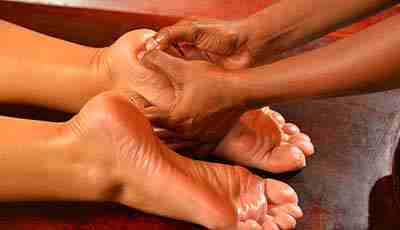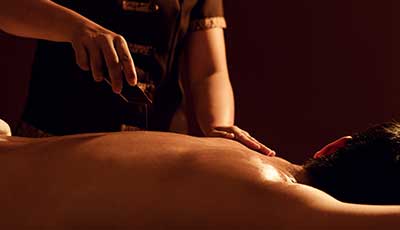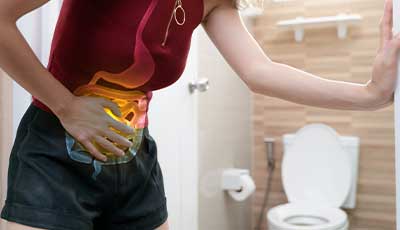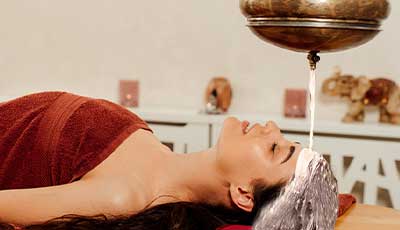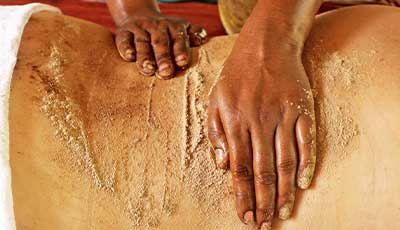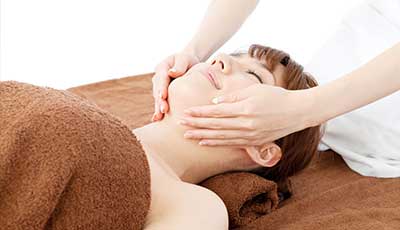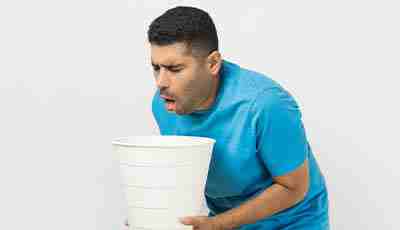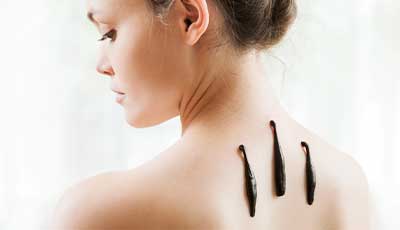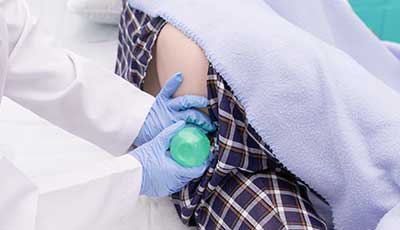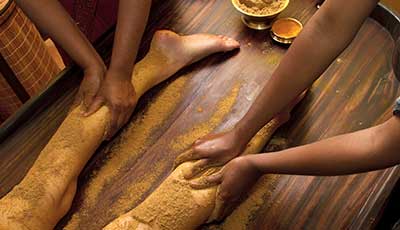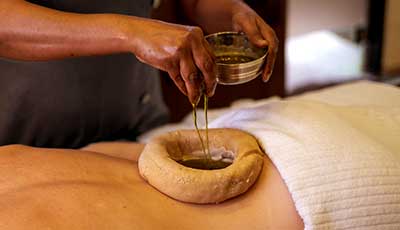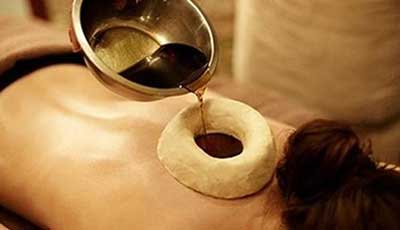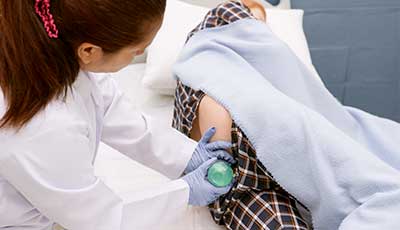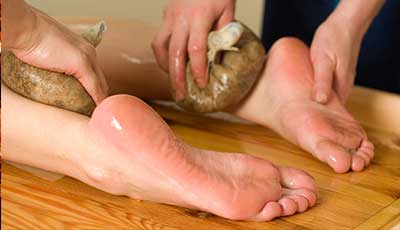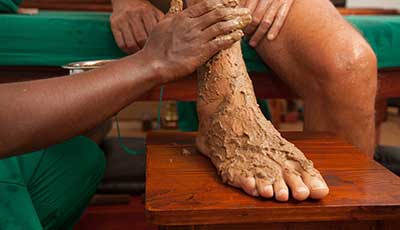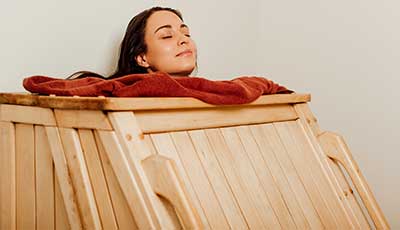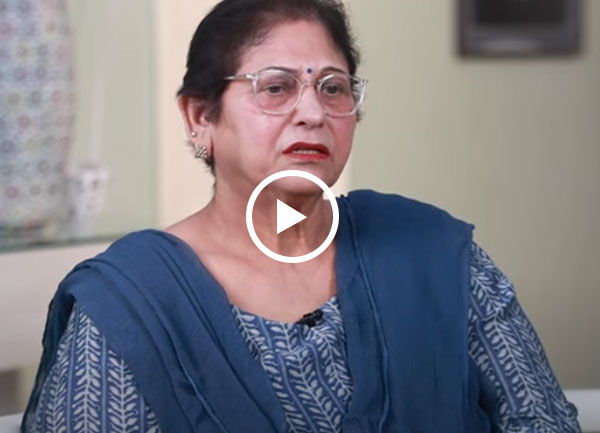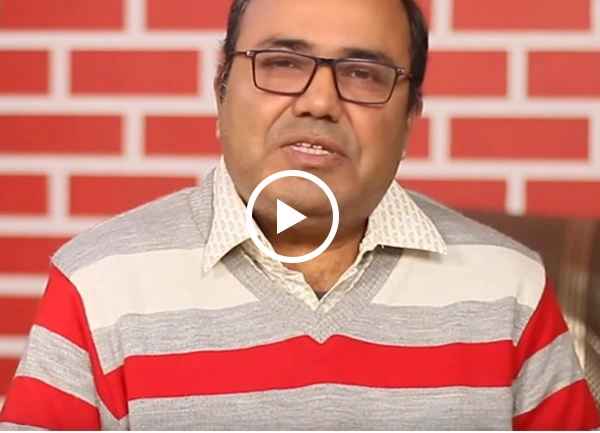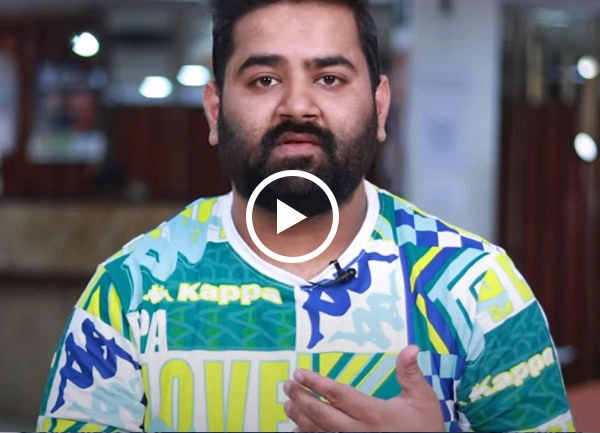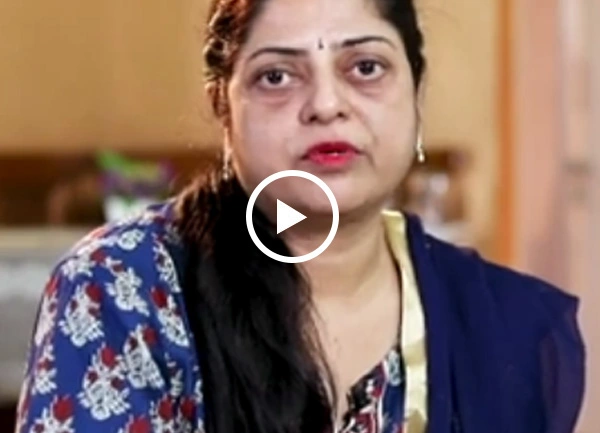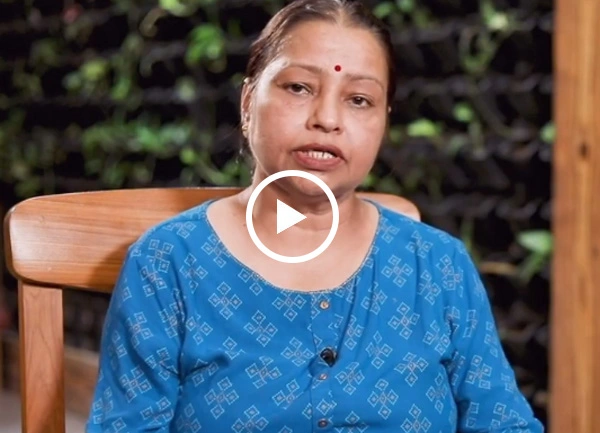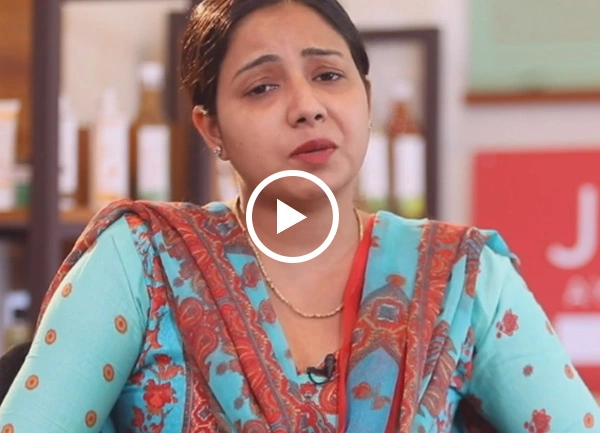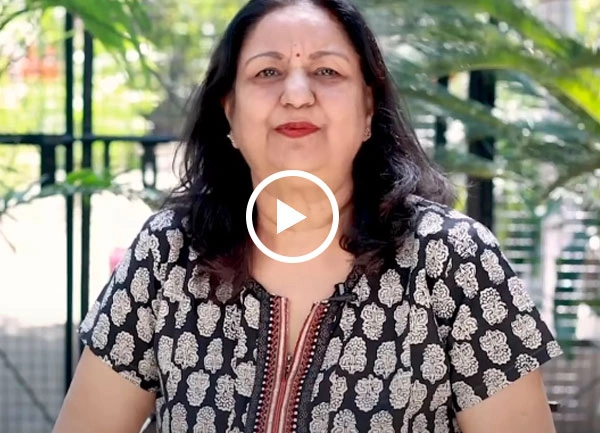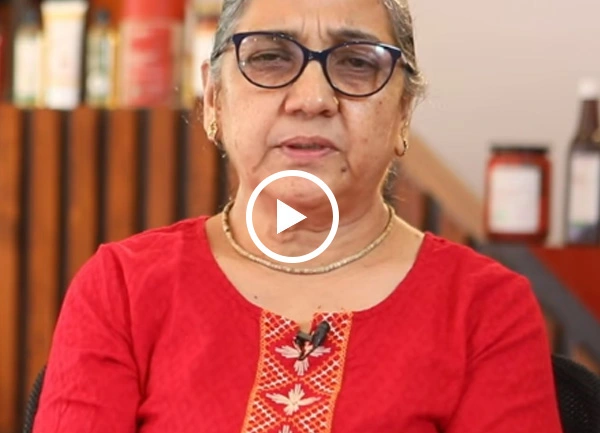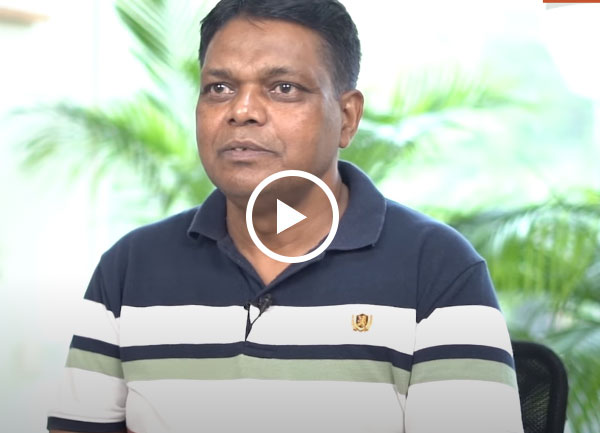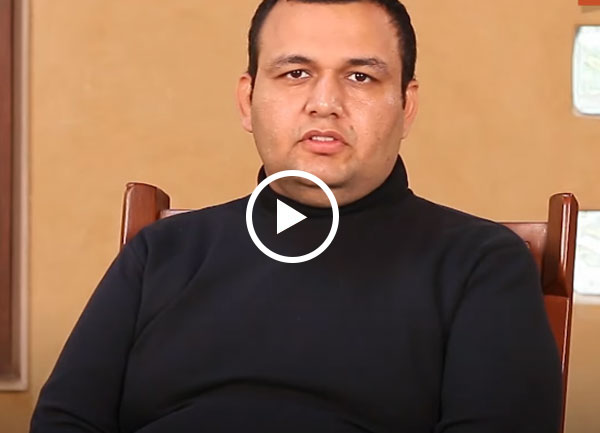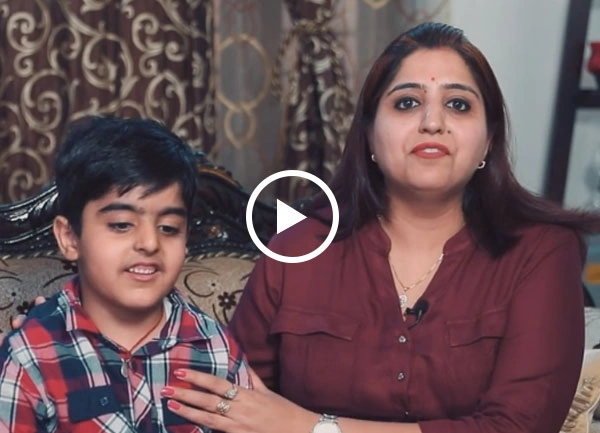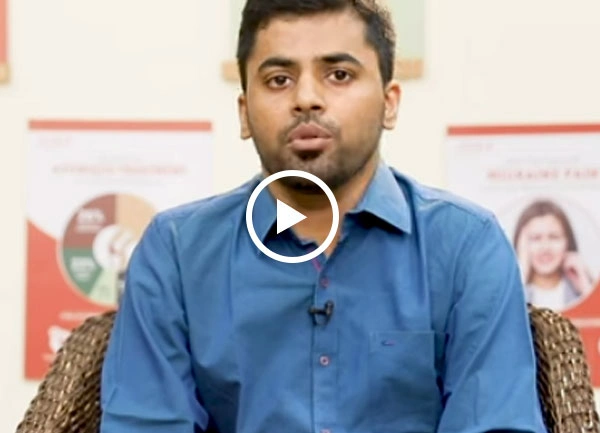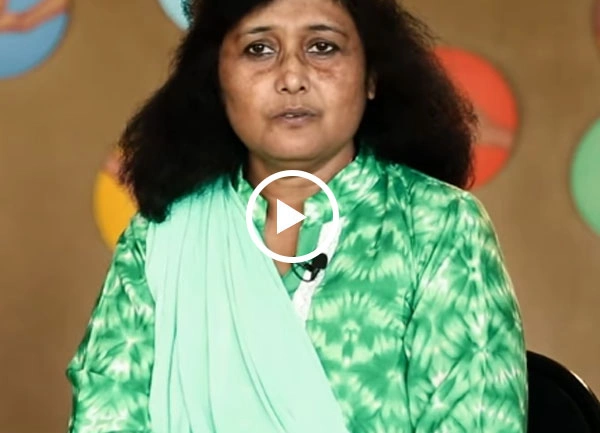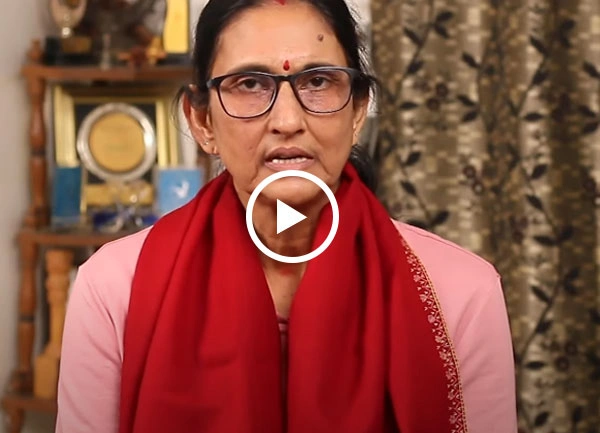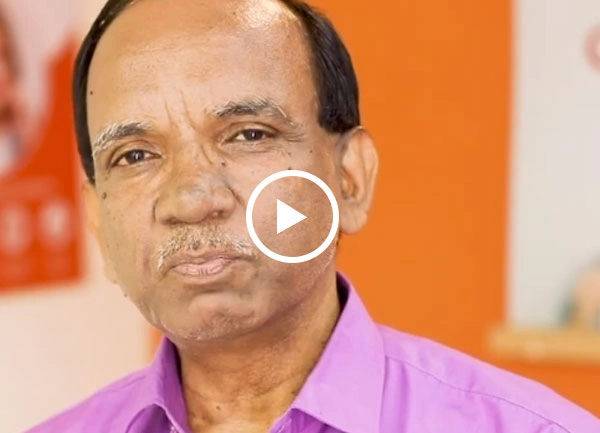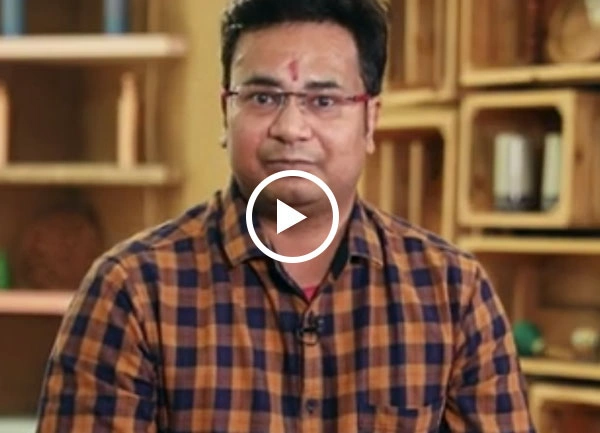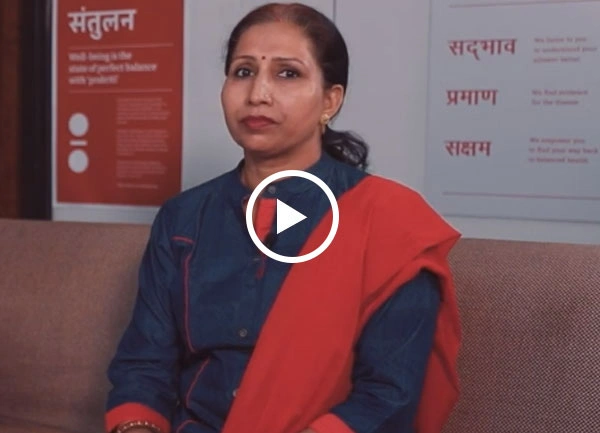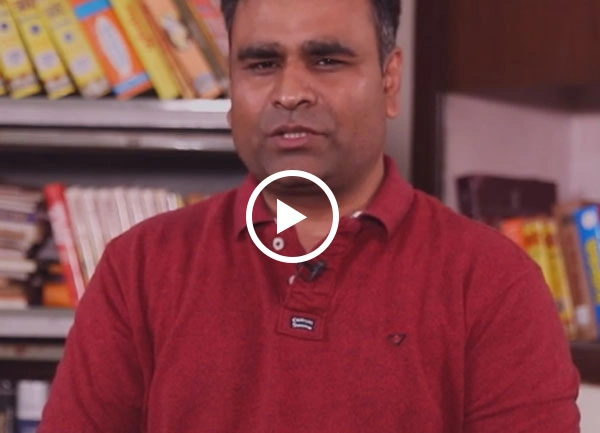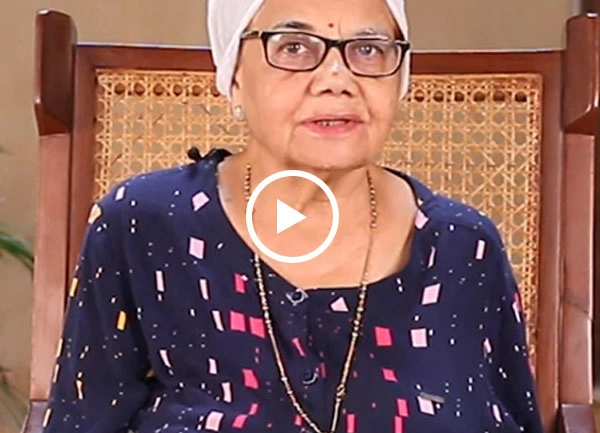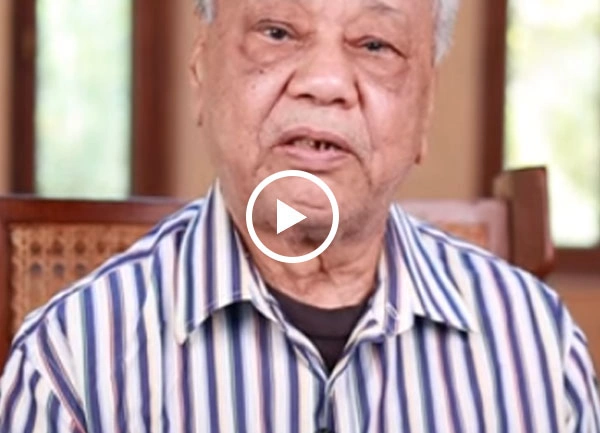

Successful Treatments
Clinics
Doctors
What is Shiroabhyanga?
Shiroabhyanga is an Ayurvedic therapy which involves applying medicated or non-medicated oil to the scalp for a set period of time (Murdha Taila), and is a type of external oleation therapy (Bahya Snehana).In Charak Samhita, it is mentioned that Shiroabhyanga helps to promote Nidra i.e. daily practice of Shiroabhyanga prevents headache, greying of hair, hair fall and also gives strength to the skull, strengthens hair roots and makes hair long and black.
The Sanskrit word Abhyanga means massaging the body’s limbs and is derived from
Abhi, which means into or glow and Anga, which means limbs. In this way, Abhyanga (massage) indicates some movement done on the body using Taila, Ghruta etc. in the same direction of the body hair (anuloman gati).
Abhyanga is generally performed with lukewarm medicated oil prepared with doshaghna herbs. The oil should be lukewarm in general condition, but cold oil may be used in Shiroabhyanga.
Why Shiroabhyanga?
Shiroabhyanga can help induce sleep, prevent headaches, keep hair long and black, as well as give strength to the skull. It also nourishes the sensory organs, softens the skin and provides lustre to the face.
Are you experiencing any of the following health concerns?
- Insomnia
- Greying of hair
- Headaches
- Dryness of the scalp
- Itching in the scalp
If you answered “yes” to any of these, Shiroabhyanga might be beneficial for you. At Jiva Ayurveda, we personalise Shiroabhyanga therapy based on your unique needs to ensure maximum therapeutic benefits.
Who Needs Shiroabhyanga?
Shiroabhyanga is recommended to people leading high-stress lifestyles, frequent headaches, and/or early greying of hair. This therapy is also beneficial for those eager to enhance mental clarity, relaxation and overall well-being.
Shiroabhyanga is particularly helpful for:
- People who have chronic stress or anxiety
- Those who suffer from insomnia or improper sleep
- People with frequent headaches
- Those seeking overall relaxation and holistic well-being
What’s Involved in a Shiroabhyanga Session?
Abhyanga should be performed gently in the direction of the hair (anuloma gati). After this, Shiroabhyanga should be done with cold or lukewarm oil as the head is the place of all senses and it is explained as the most vital part. It should be performed gently with fingertips because forceful massage may damage the hair. While doing Shiroabhyanga, a seated position must be adopted.
Poorvakarma: The patient is made to sit on a knee high chair. The body of the patient is wrapped with a cloth below the neck and the procedure should be followed by standing behind the patient. It is the ideal position to perform Shiroabhyanga.
Pradhankarma: the technique includes smearing the oil to the portions of the scalp above the neck and placing specific strokes.
Smearing the oil: The oil for application is first heated on a water bath to make it lukewarm. Then the oil is applied on the head of the patient and spread all over the head including the neck and ear pinna.
Massage: After smearing the oil, massage the whole head and neck, while applying gentle yet firm pressure. The complete area of the scalp should be massaged.
Picking strokes: Fingers of both hands should be moved as if picking up a tuft of hair. This should be gentle, while producing a mild traction effect on the hair.
Flat palm strokes: gentle strokes with the palms of both hands.
Fist strokes: Gentle strokes with closed first across the head.
Pressing: Palms are placed on the patient’s head and moulded into the shape of the scalp.
After following the procedure the patient is asked to rest on the chair for about 15 minutes and then advised to take a head bath with hot water.
How is Shiroabhyanga Performed by Jiva Experts?
At Jiva Ayurveda, Shiroabhyanga is performed by skilled Ayurvedic therapists with specialised training in traditional techniques. Each session begins with a comprehensive assessment by an Ayurvedic doctor to understand the patient’s unique constitution, dosha imbalances and medical history. Based on this assessment, the oil or medicated liquid used in Shiroabhyanga is carefully selected.
During the session, the patient sits on a knee high chair and the therapist gently massages the scalp and neck using different strokes. Jiva experts maintain the right temperature, pressure, and flow, ensuring a deeply relaxing experience. The room is kept calm, and ambient to facilitate complete relaxation.
The expert care and precision applied by Jiva therapists make each Shiroabhyanga session effective, promoting deep relaxation, detoxification and emotional balance. Our therapists’ expertise allows patients to experience the full benefits of this therapy in a safe, healing environment.
Benefits of Shiroabhyanga
Ayurveda attributes numerous benefits to Shiroabhyanga. The therapy support holistic health and well-being, especially for individuals struggling with insomnia, stress and headaches. Some benefits of Shiroabhyanga are:
- Shiroabhyanga helps to prevent Shirahshoola (headache), Khalitya (hair fall), Palitya (greying of hair)
- It gives strength to scalp, forehead, strengthen hair root and makes the hair long and black
- It cures diseases of shirah (head), softens the hair, increases density and black (krushna) colour of hair
- It nourishes the sense organs
- It improves arterial, venous and lymphatic flow nourishing the skin and local tissues
- It is beneficial for de-stressing the whole body and strengthening the nervous system
- It also improves blood circulation and helps to oxygenate the brain
At Jiva Ayurveda, our carefully curated Shiroabhyanga sessions allow you to experience these profound benefits in a nurturing and relaxing setting. Book a consultation at Jiva today!
Frequently Asked Questions
What is the duration of Abhyanga?
It is advised to practise Abhyanga once in a day or once in two days or once in three days regularly as it does not vitiate Dosha.
What are the indications of Shiroabhyanga?
The therapy is indicated in dry scalp associated with itching, Khalitya, Palitya and Vata Roga.
What are the contraindications of Shiroabhyanga?
Shiroabhyanga is contraindicated in Ajeerna and Nava or Taruna Jwara. It is contraindicated immediately after Vamana, Virechana and Niruh Basti. It is contraindicated in person suffering from Pitta Roga, Trishna, Rakta Pitta, Prameha and Ati Kshudhita.
Can pregnant women undergo Shiroabhyanga?
Yes, pregnant women can undergo Shiroabhyanga, after consulting with an Ayurvedic doctor first.
Who can get Shiroabhyanga?
Shiroabhyanga can be adapted for people of different ages, including children and the elderly.
Similar Therapies
Our Happy Patients
Social Timeline
Related Disease
- Ayurvedic Treatment for Obesity
- Ayurvedic Treatment for Migraine
- Ayurvedic Treatment for Heat Stroke
- Get Ayurvedic Treatment for Paralysis
- Ayurvedic Treatment for Mastitis
- Ayurvedic Treatment for Gangrene Foot
- Ayurvedic Treatment for Granuloma
- Ayurvedic Treatment for Amyloidosis
- Ayurvedic Treatment for Thrombocytopenia
- Ayurvedic Treatment for Dengue
- Ayurvedic Treatment for Measles
- Ayurvedic Treatment for Fistula in Ano
- Ayurvedic Treatment for Malaria
- Ayurvedic Treatment for Plantar Fasciitis
- Ayurvedic Treatment for Chikungunya
- Ayurvedic Treatment for Sepsis
- Ayurvedic Treatment for Addison's Disease
- Get Ayurvedic Treatment for Eye Floaters
- Ayurvedic Treatment for Eye Flu
- Ayurvedic Treatment for Herpes
- Get Ayurvedic Treatment For Teeth Cavities
- Get Ayurvedic Treatment for Tooth Pain
Latest Blogs
- Get An Effective Ayurvedic Treatment For Gastritis
- The Complete Guide to Ayurvedic Detox: Tips, Techniques, and Benefits
- Ayurvedic Hair Growth Secrets Revealed
- Tired of Dull Skin? Try These 5 Ayurvedic Hacks
- Can Ayurveda Reverse Your Diabetes?
- Accelerate Your Dengue Recovery with Ayurveda
- 5 Little Known Facts About Ayurvedic Therapies
- 5 Ayurvedic Secrets for Healthy & Shiny Hair
- Get Ayurvedic Treatment for Fatty Liver
- Get Ayurvedic Treatment for Eyes
- Get Ayurvedic Treatment for Kidney Stones
- How to get rid of a sinus headache with Ayurveda?
- How To Cure Scalp Psoriasis With Ayurveda?
- Migraine Treatment In Ayurveda
- Get Ayurvedic Treatment for Obesity
- When To Worry About Varicose Veins?
- 10 Effective Ways To Get Rid of Piles
- How To Cure PCOS and PCOD Naturally?
- Get Ayurvedic Treatment For PCOS
- Get Relief From Back Pain With Ayurvedic Treatment
Ayurvedic Doctor In Top Cities
- Ayurvedic Doctors in Bangalore
- Ayurvedic Doctors in Pune
- Ayurvedic Doctors in Delhi
- Ayurvedic Doctors in Hyderabad
- Ayurvedic Doctors in Indore
- Ayurvedic Doctors in Mumbai
- Ayurvedic Doctors in Lucknow
- Ayurvedic Doctors in Kolkata
- Ayurvedic Doctors in Patna
- Ayurvedic Doctors in Vadodara
- Ayurvedic Doctors in Ahmedabad
- Ayurvedic Doctors in Chandigarh
- Ayurvedic Doctors in Gurugaon
- Ayurvedic Doctors in Jaipur
- Ayurvedic Doctors in Kanpur
- Ayurvedic Doctors in Noida
- Ayurvedic Doctors in Ranchi
- Ayurvedic Doctors in Bhopal
- Ayurvedic Doctors in Ludhiana
- Ayurvedic Doctors in Dehradun

